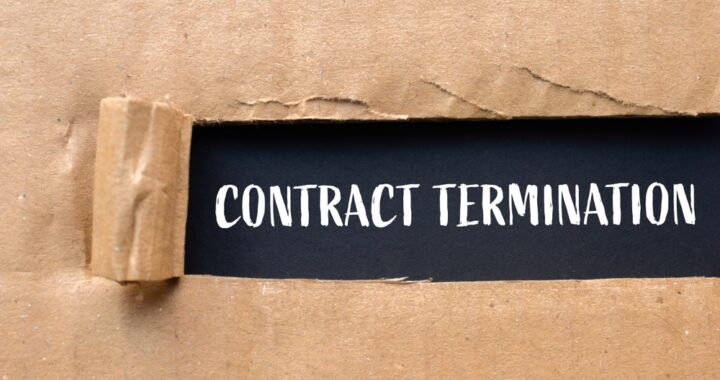
No contractor wants to be terminated for default. It is the harshest contractual recourse. It is a recourse that has implications, particularly in the public sector. However, a party needs to be in a position to support the basis of the termination for default, and the terminated party, in most instances, should not be in a position to imply accept the basis of the default. This applies regardless of the project.
In the federal context: “When a contractor challenges a default termination, the government bears the burden of establishing the validity of the termination.” Sergent’s Mechanical Systems, Inc. v. U.S., 2024 WL 4048175, *7 (Fed.Cl. 2024) (internal quotation and citation omitted). Once the government establishes the default, “the contractor bears the burden of establishing that the default was excused by fault of the government.” Id. at *8 (internal quotation and citation omitted).
Relevant considerations as to whether the contractor is in default include the contractor’s failure to meet contract specifications or the required schedule. Sergent’s Mechanical Systems, supra, at *8. “[T]here is ‘a requirement that the contractor give reasonable assurances of performance in response to a validly issued cure notice.” Id. (internal quotation and citation omitted).
In Sergent’s Mechanical Systems, there was not a big fight as to the material facts. Instead, the fight centered on whether the government properly terminated the contractor for default based on the facts.
The contractor first argued that its untimely performance was excused by the actions of the government. In other words, was there excusable delay. The Court of Federal Claims found this argument unpersuasive. The contractor’s argument was premised on the government somehow assuming the contractor’s obligations relative to asbestos abatement. However, this would result in a modification to the prime contract and there was no evidence that the contract was modified as a contract modification must be supported by consideration. There was no excusable delay. The court found: “Instead [contractor] chose to wait, failed to make progress, blew the contractual deadline, was terminated for default….But that is precisely what a contractor may not do. A government contractor cannot disregard the government’s directive under the FAR’s changes and disputes clauses and then fail to make progress on the required work.” Sergent’s Mechanical System, supra, at *12.
Moreover, as it pertained to other excusable delay arguments raised by the contractor, the contractor did not provide any critical path delay (CPM) analysis. See Sergent’s Mechanical Systems, supra at *14 (citing Blinderman Cont. Co. v. U.S., 39 Fed.Cl. 529, 585 (1997) for proposition that only way to assess the effect of delays is based on CPM analysis.) To this point, the Court held, “Absent any analysis of how specific events resulted in specific delays according to reliable methodology – let alone a CPM analysis – this Court cannot credit [contractor’s] bare assertion that its confusion over coils and tubes resulted in anything more than negligible hassle that [contractor] could have overcome all along, albeit, perhaps, at increased cost.” Id. at *14. Stated simpler, there needs to a be nexus between the delay caused by the government and the contractor’s failure to timely complete which “cannot be shown merely by hypothetical, after-the-fact projection.” Id. (internal quotation and citation omitted).
While here, the contractor was not able to demonstrate its burden to overcome the termination for default, this does not mean the contractor should not have tried. It absolutely should have tried because of the consequences associated with the termination for default.
Please contact David Adelstein at dadelstein@gmail.com or (954) 361-4720 if you have questions or would like more information regarding this article. You can follow David Adelstein on Twitter @DavidAdelstein1.